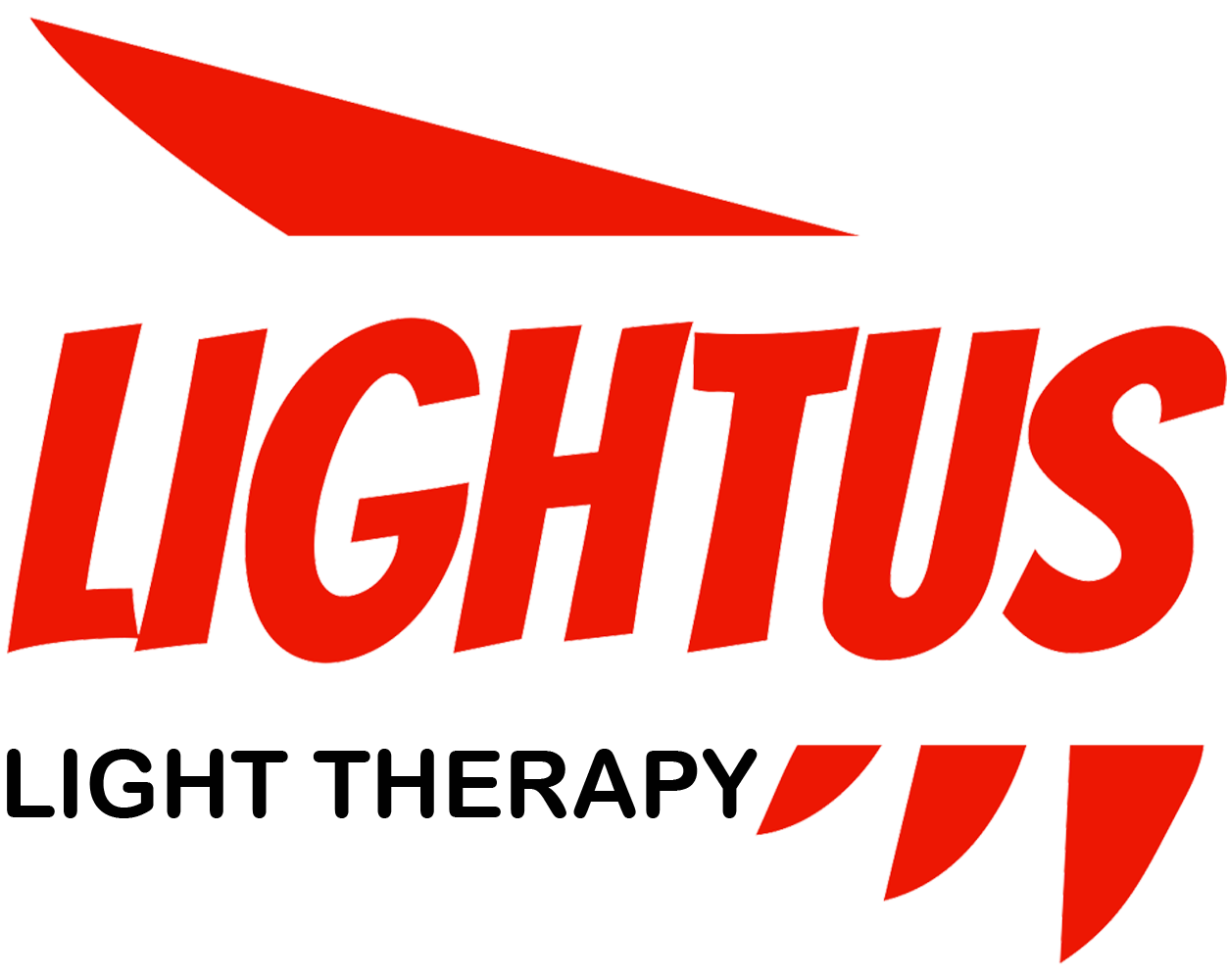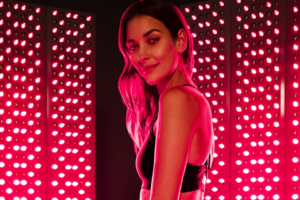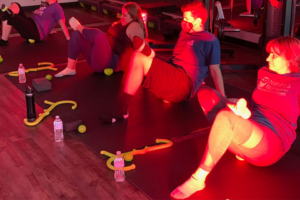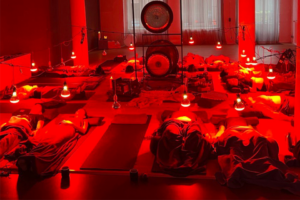The Ultimate Guide to Red Light Therapy: How to Use It for Maximum Benefits
Red light therapy has taken the wellness world by storm, offering a non-invasive approach to improving skin health, reducing pain, and enhancing overall well-being. If you’re curious about this innovative treatment, you’ve come to the right place. This comprehensive guide will walk you through everything you need to know about red light therapy, from its scientific basis to practical tips for using it effectively at home or in a clinical setting.
Table of Contents
What is Red Light Therapy and How Does It Work?
Red light therapy, also known as photobiomodulation or low-level light therapy (LLLT), uses specific wavelengths of red and near-infrared light to stimulate cellular function. This type of light can penetrate the skin to varying depths, interacting with the mitochondria – the powerhouses of our cells.When exposed to red and near-infrared light, the mitochondria produce more adenosine triphosphate (ATP), which is the primary energy currency of cells. This boost in cellular energy can lead to various beneficial effects throughout the body, including:
- Improved skin health and appearance
- Reduced inflammation
- Enhanced muscle recovery
- Accelerated wound healing
- Increased collagen production
The science behind red light therapy is rooted in the visible light spectrum. Red light therapy typically uses wavelengths between 630-660 nanometers (nm) for red light and 810-850 nm for near-infrared light. These specific wavelengths have been shown to be the most effective for biological stimulation.
What Are the Benefits of Red Light Therapy?
Red light therapy offers a wide range of potential benefits, making it a versatile treatment option for various health and wellness concerns. Some of the most well-documented benefits include:
- Skin Health: Red light therapy can improve skin tone, reduce wrinkles, and promote collagen production, leading to a more youthful appearance.
- Pain Relief: Many users report reduced pain and inflammation, particularly for conditions like arthritis and muscle soreness.
- Muscle Recovery: Athletes and fitness enthusiasts use red light therapy to speed up muscle recovery and reduce exercise-induced muscle damage.
- Hair Growth: Some studies suggest that red light therapy may stimulate hair follicles and promote hair growth in individuals with androgenetic alopecia.
- Wound Healing: The therapy can accelerate wound healing by promoting tissue repair and reducing inflammation.
- Mental Health: Emerging research indicates potential benefits for mood disorders and cognitive function.
- Sleep Quality: Regular use of red light therapy may help regulate circadian rhythms and improve sleep quality.
How Often Should You Use Red Light Therapy?
The frequency of red light therapy sessions can vary depending on your specific goals and the device you’re using. However, here are some general guidelines:
- For skin concerns: 3-5 times per week
- For pain management: Daily sessions, especially in the beginning
- For muscle recovery: 3-7 times per week, depending on workout intensity
- For hair growth: 3-4 times per week
It’s important to note that consistency is key when it comes to red light therapy. Regular sessions over an extended period typically yield the best results. Many users start to see benefits within 4-6 weeks of consistent use, but some effects may be noticeable sooner.
What is the Ideal Duration for a Red Light Therapy Session?
The duration of each red light therapy session can vary based on the device’s power output and the specific area being treated. Here are some general guidelines:
- For targeted treatments (e.g., face, small body areas): 3-5 minutes per area
- For larger body areas or full-body treatments: 10-20 minutes
- For handheld devices: 1-3 minutes per area
Remember, more isn’t always better. Overexposure to red light therapy won’t necessarily enhance the benefits and could potentially lead to skin irritation. Always follow the manufacturer’s recommendations for your specific red light therapy device.
Can You Use Red Light Therapy Every Day?
Yes, for most people, daily red light therapy sessions are safe and can be beneficial. However, it’s essential to start slowly and gradually increase the frequency and duration of your sessions. This approach allows your body to adjust to the treatment and helps you monitor any potential side effects.Some individuals may find that daily use is unnecessary once they’ve achieved their desired results. In such cases, maintenance sessions 2-3 times per week may be sufficient.
What’s the History of Red Light Therapy?
The use of light for therapeutic purposes dates back to ancient civilizations, but modern red light therapy has its roots in NASA research from the 1990s. Scientists were exploring ways to use light-emitting diodes (LEDs) to stimulate plant growth in space and discovered that the same technology could have beneficial effects on human cells.Since then, red light therapy has gained popularity in both clinical and home settings. Today, it’s used in various fields, including dermatology, sports medicine, and pain management.
What Types of Red Light Therapy Devices Are Available?
There are several types of red light therapy devices available for both professional and home use:
- Full-body panels: These large devices allow for treatment of the entire body at once.
- Handheld devices: Portable and ideal for targeting specific areas.
- Face masks: Designed specifically for facial treatments.
- Light therapy beds: Similar to tanning beds but using red and near-infrared light.
- Wearable devices: Including belts, wraps, and hats for targeted treatment.
When choosing a device, consider factors such as the treatment area, power output, and convenience of use. Full-body red light therapy devices are ideal for comprehensive treatment, while smaller, targeted devices may be more suitable for specific concerns.
Is Red Light Therapy Safe?
Red light therapy is generally considered safe with minimal side effects. Unlike UV light, red and near-infrared light does not damage skin cells or increase the risk of skin cancer. However, as with any treatment, there are some precautions to keep in mind:
- Always follow the manufacturer’s instructions for your device.
- Use appropriate eye protection, especially when treating areas near the eyes.
- If you have any pre-existing medical conditions or are taking photosensitizing medications, consult with a healthcare professional before starting treatment.
- Be aware of potential minor side effects, such as temporary redness or warmth in the treated area.
How to Incorporate Red Light Therapy into Your Wellness Routine
To make the most of your red light therapy sessions, consider the following tips:
- Set a consistent schedule for your treatments
- Clean your skin before each session
- Remove any skincare products or makeup before treatment
- Stay hydrated before and after sessions
- Combine red light therapy with a healthy diet and exercise routine
Many users find it helpful to incorporate red light therapy into their existing wellness routines, such as using it after workouts or as part of their evening skincare regimen.
Can You Combine Red Light Therapy with Other Treatments?
Red light therapy can be safely combined with many other treatments and skincare routines. Some popular combinations include:
- Red light therapy and infrared light therapy
- Red light therapy and topical skincare products
- Red light therapy and massage
Always consult with a healthcare professional before combining treatments, especially if you’re using any medications or have specific health concerns.
What to Look for When Choosing a Red Light Therapy Device
When selecting a red light therapy device for home use, consider the following factors:
- FDA clearance or approval
- Wavelength specifications (ideally 630-660 nm for red light and 810-850 nm for near-infrared)
- Power output and irradiance
- Treatment area size
- Ease of use and portability
- Warranty and customer support
A professional-grade red light therapy device for full-body treatment
Key Takeaways: Maximizing the Benefits of Red Light Therapy
To wrap up, here are the most important points to remember about using red light therapy effectively:
- Consistency is key – maintain a regular treatment schedule
- Start with shorter sessions and gradually increase duration
- Follow recommended treatment times for your specific device and concerns
- Be patient – results may take several weeks to become noticeable
- Combine red light therapy with a healthy lifestyle for optimal benefits
- Always prioritize safety by following manufacturer instructions and consulting healthcare professionals when needed
By following these guidelines and listening to your body, you can harness the power of red light therapy to support your health and wellness goals. Whether you’re looking to improve your skin, manage pain, or enhance your overall well-being, red light therapy offers a promising, non-invasive solution worth exploring.






